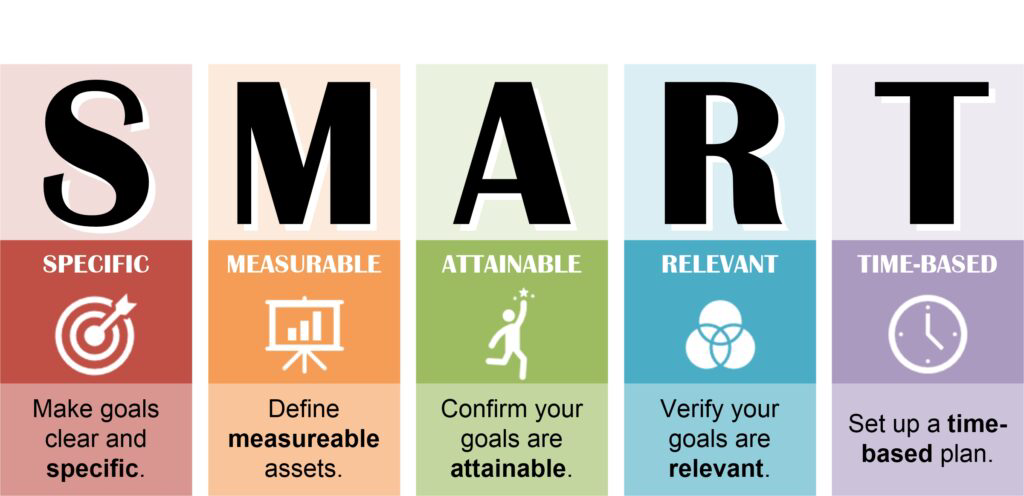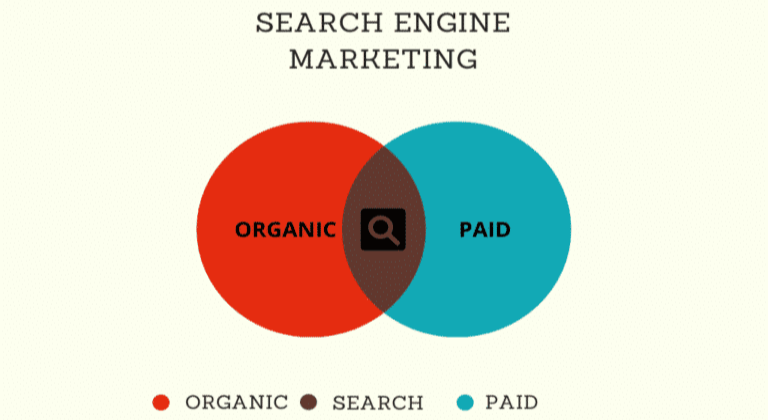Whether you’re a marketer or a business owner, chances are high you’re looking to create brand awareness. Across surveys, some 90% of all marketers cite brand awareness as a primary objective – if not the primary one. Despite the relative vagueness of the term, businesses across all industries regard it quite highly. But why is that, exactly? What is it, at its core, and why is it so valuable? Perhaps most importantly, how can one create brand awareness? Fear not; it’s those questions we’re here to answer today.
Starting with the basics, let us briefly define the term itself. In simple terms, brand awareness refers to your audiences’ awareness of your brand’s existence. How they perceive your brand and what feelings they associate with it are also valuable but secondary in this context. At this initial stage, simply making your brand’s existence known is the primary objective of brand awareness campaigns.
Should this sound simple, it is; brand awareness is relatively vague, so it’s typically best to confine it to fundamentals. Hubspot, for example, offers the following definition:
“Brand awareness represents how familiar your target audience is with your brand and how well they recognize it.”
But they too recognize this vagueness, adding that:
“Brand awareness might seem like a vague concept, and in truth, it is. For those marketers and business owners out there who like to gauge success with neat and tidy numbers, brand awareness will likely ruffle your feathers.”
With this in mind, brand awareness is still a worthy pursuit – as we’ll cover next.
Still, to dispel some confusion, let us make a brief distinction. Colloquial language may have you assume brand awareness and brand recognition are the same things, but they’re really not. They are, however, connected; once you create brand awareness, brand recognition tends to follow.
In simple terms, brand awareness refers to your audiences’ awareness your brand exists in the market. Brand recognition is the next step, where they can recognize your brand through its logos, slogans, soundbites, or name. For what’s likely the most famous example of this, consider Coca Cola:
Whether you’re a fan or not, you can surely recognize this brand immediately. Their specific, consistent color combinations and brand name typography should instantly evoke your feelings toward it, positive or negative. Whether it’s on beach bins or fridges, cars or tents, pins or signs, you can most likely immediately recognize this brand. Ergo, brand recognition.
Not even brand recognition itself guarantees positive recognition; that’s up to your branding and marketing to ensure. Thus, brand awareness naturally can’t guarantee such substantial effects on your audiences either.
So, leaving brand recognition aside, why should you care to create brand awareness at all? There are indeed ample reasons, including benefits to all three customer journey phases:
In addition, brand awareness sets the foundation for other marketing practices, such as audience insights acquisition and loyalty programs. It’s the first step toward marketing success, as it puts your brand on the proverbial map.
With all that said, as with all things marketing, brand awareness campaigns require some due diligence. So in this section, we may briefly outline the groundwork you should ideally mind beforehand.
Before setting any campaign in motion, you should carefully define your audience first. This will answer the fundamental questions of who you’re targeting, where you may reach them, what they prefer, etc.

Before setting any campaign in motion, you should carefully define your audience first. This will answer the fundamental questions of who you’re targeting, where you may reach them, what they prefer, etc.
Using these insights, you may identify your primary audience’s unique characteristics, like:
With these insights in hand, you may begin to craft audience and buyer personas. At this stage of brand awareness, these will help you determine which marketing channels to pursue and prioritize, which brand voice you should employ, etc. They will also help you map out customer journeys and further optimize your campaigns for conversions at later stages.
Next, you will need to determine your ideal brand voice. To create brand awareness effectively and consistently, you must adopt a brand voice that resonates with your ideal audiences.
If you’re wondering what a brand voice is, SproutSocial defines it as follows:
“Brand voice is the distinct personality a brand takes on in its communications. […] Who is your brand online? If your brand was a person, what personality traits would they take on and what would they actively avoid? What phrases and stylistic choices does your brand use on a consistent basis? All of the above combine to create your brand voice.”
With this definition in mind, examine your brand voice as regards elements like:
These two are crucial questions to answer early, as your brand voice can’t change rapidly. Audiences value authenticity and consistency, and swift changes to your voice may alienate them more than help.
Finally, to create brand awareness effectively, you must clearly define your goals in advance. Doing so will help ensure your campaigns are on the right track and missteps don’t needlessly strain your budget.

To do so, you may simply abide by the SMART model:
With all of the above in order, you should now have everything you need to start your campaigns. You should know who you’re targeting, how to approach them, and what you aim to achieve.
However, you have two distinct options; online and offline marketing. Which one makes the most sense for you will depend on your own business and analytics, but ideally, you should strive to combine some channels of both.
So, let’s begin exploring some notable options for online marketing before moving to offline channels.
Perhaps the most famous online marketing practice for years now, Search Engine Optimization (SEO) undoubtedly warrants attention here. This set of methods will help optimize your website and content for search engines, enhancing your online visibility. Naturally, this benefit will directly translate to more brand awareness and higher lead generation.
SEO is a truly vast subject to cover here, as it caters to over 200 ranking factors. The most notable factors include:
You may, by all means, explore its basics on your own, but some professional SEO assistance is always advisable – especially if you’re new to it.
Next, there are few better ways to create brand awareness than to engage in social media marketing. Social media platforms offer some truly substantial benefits, including:
You may also cross-post your most valuable content if you engage in more than one social media platform. Doing so will let you maximize outreach without straining your teams.
Alongside social media marketing, you may also consider its longstanding partner, influencer marketing. While it may not fit every business’s needs and budget, this type of marketing is also demonstrably effective.

Indeed, consider such influencer marketing statistics as the following:
A key reason for this effectiveness lies in trust; influencers humanize brands as they bring them to new audiences. They’re thus an excellent way to create brand awareness and drive sales, especially if you’re also active on social media.
Still, all digital marketing ultimately requires content. Its content will fuel your SEO, drive your social media engagement, and ultimately define your online presence. Thus, depending on your resources, strategies, and niche, you may use your content marketing creatively. Some ways to do so include:
Still, here you should always strive to strike a golden balance. Modern audiences dislike “salesy” tones, and your content must account for that by being profoundly informational and authentically helpful.
However, you should also ensure it actually pushes leads to you – whether it’s your content itself or its framing that achieves this. Take convertmore.com‘s callback widget as an example; simply asking engaged leads for callbacks increased a company’s lead count by 20%. These kinds of practices can elevate brand awareness into the lead acquisition without compromising content.
Finally, as regards online marketing, paid marketing is also an excellent option to create brand awareness. In many cases, paid marketing types perfectly complement their organic counterparts, maximizing reach and visibility.

Examples of paid marketing include:
Still, paid marketing will naturally strain your budget as well. So before engaging in it, it’d be highly advisable to consult professionals and carefully weigh the costs against the potential benefits.
Online marketing aside, offline marketing can also fuel brand awareness – particularly in the form of guerrilla marketing. So this section we may split down into two digestible parts.
Starting with traditional outbound marketing, your options indeed abound. Contrary to popular belief, traditional outbound marketing, which seeks audiences to start conversations, is still demonstrably effective.
Among other options, here you may consider:
Especially if your primary audiences include older demographics or less tech-savvy ones, all such options will serve your goals. As Neil Patel suggests, you may even combine such methods with inbound marketing ones, both online and offline.
Conversely, or in addition, you may also consider guerrilla marketing. This we’ve covered many times before, as it’s our specialty – so for text economy, here we may list the basics.
Should you need any additional information on guerrilla marketing, please don’t hesitate to contact us. Our teams will be more than happy to help you create brand awareness in innovative, cost-effective ways.
To conclude, brand awareness is the fundamental knowledge that your brand exists in the market. It drives brand recognition, and in turn, it fosters trust and helps establish lasting relations. While only the first step in a lengthy marketing journey, brand awareness is a crucial component of marketing success. While brief and condensed, this article hopefully helped inspire your efforts toward achieving it and leveraging it effectively.
Submit an enquiry below to see how we can help generate brand awareness for your brand, service or product.